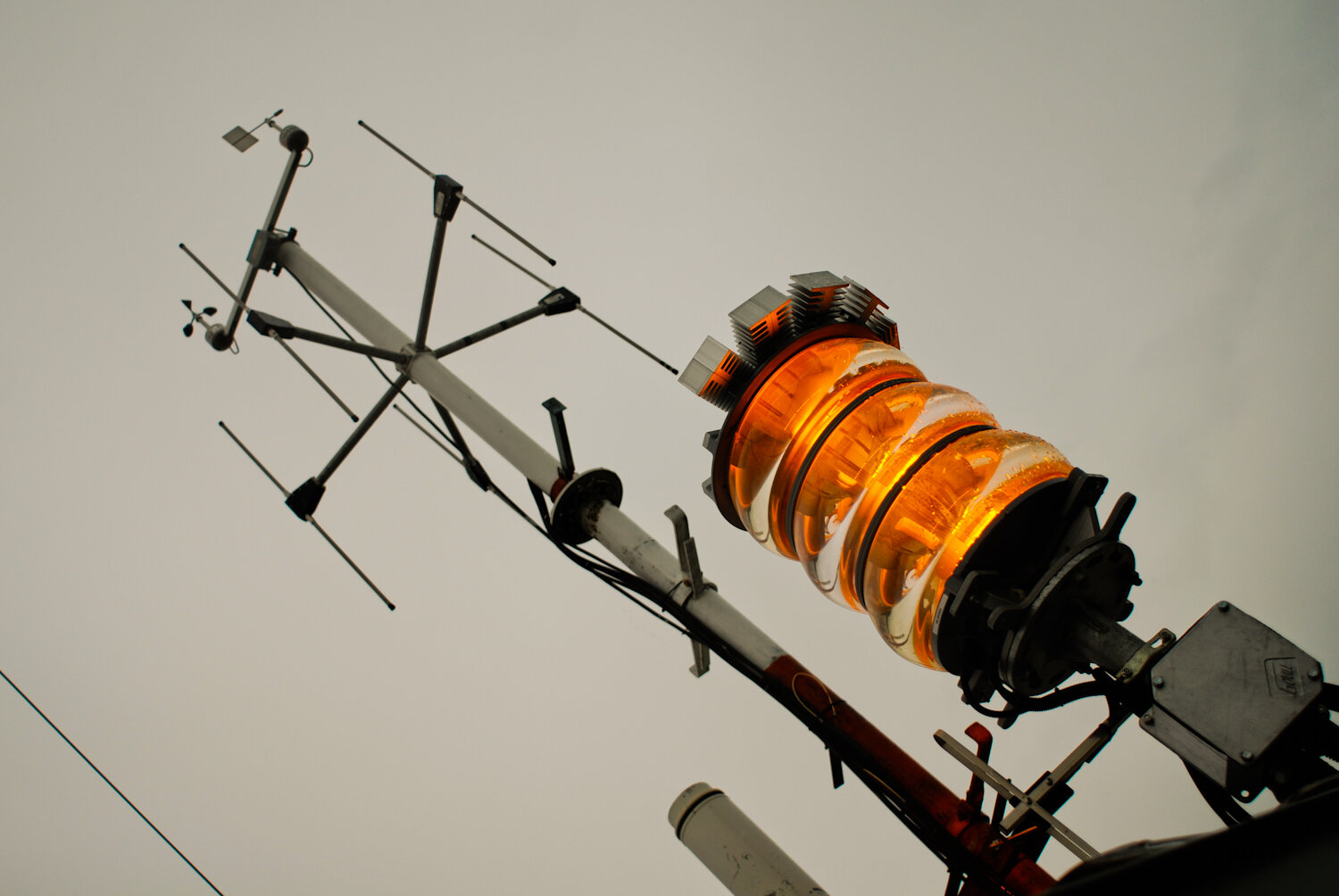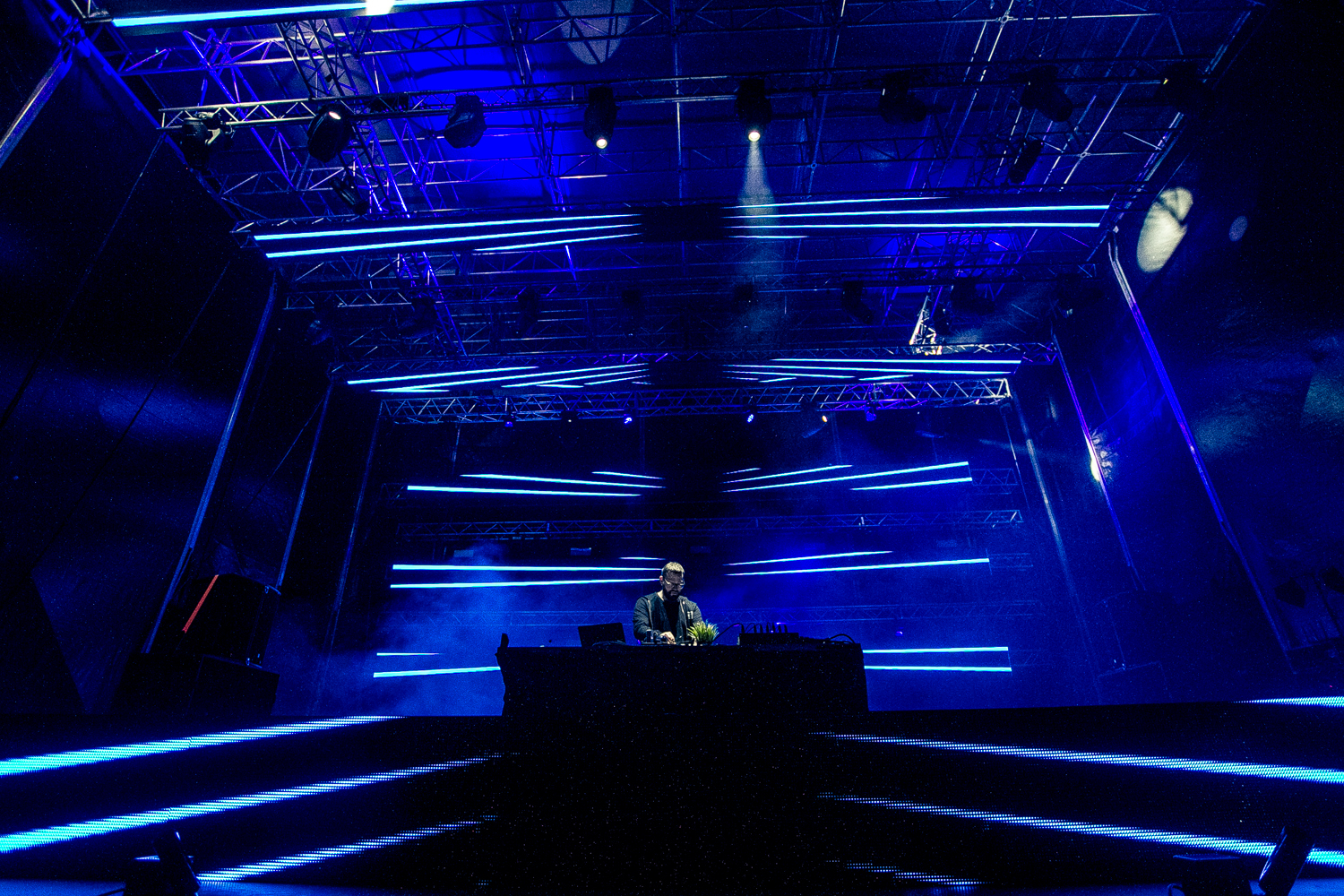Balaton storms coming out of nowhere can cause serious disasters, like the one that occurred on 13 July 1961: a squall line hitting the Balaton claimed several lives. Anglers going out onto the – usually calm – water in small boats are still under risk, as they generally don’t consult the warnings and ultra short-term forecasts online, and they often disregard the flashing storm signals installed on the shore. They can easily find themselves in trouble on the stormy Balaton if they paddle a bit further away from the shallow water.

By comparison, sailors and surfers, who are even more independent, check forecasts several times a day, wind maps in particular, which show an hourly breakdown of wind speed expected over the next two days. More experienced surfers usually don’t even think about going into the water until the storm signal is set to second degree (90 flashes per minute, expected wind speed of at least 60 km/h, while first degree means 45 flashes per minute and expected wind speed of 40-60 km/h), yet they need to be rescued much less frequently than anglers.

The observatory building, which at first glance looks like some kind of exotic blend of a space research centre and an air traffic control tower, was built based on the plans of Ybl Award-winning architect Péter Molnár, and was inaugurated in 1956. The observatory employs four meteorologists in 12-hour shifts to ensure that storm warnings are issued in time – if necessary.

For practical reasons (for example, a storm hitting the eastern Balaton basin does not warrant a warning in Keszthely), the warning system was divided into three sub-systems in 2012, which puts additional pressure on the meteorologists. “Our aim is to minimise the number of warnings, but we could put people’s lives in danger if we fail to issue a warning and the storm hits,” says Dr. Ákos Horváth, the internationally acclaimed head of the observatory, who is the recipient of multiple professional distinctions. The occurrence rate is between 85% and 90%, which means that one out of every ten warnings is very inaccurate.

Along with the professionally trained staff, several sci-fi movie set appropriate machines feed data to the observatory’s super computers every ten minutes. In addition, a couple of hundred measuring stations across the country assist the work of the Hungarian Meteorological Service (OMSZ).

Several models are used to prepare the forecasts (ranging from ultra short-term, short-term and medium-term to long-term), which are evaluated with the help of a display system developed by the OMSZ’s own staff. Fans of windy water sports, for example, tend to trust forecasts only as far as the next 48 hours when they are considering taking a day off from work to catch the perfect sailing or surfing opportunity. The employees of the service stress that their predications for points of time further ahead than ten days are very inaccurate.

Experts employed at the observatory also research wind- and thunderstorms, which is part of nowcasting, that is ultra short-terms forecasting, and as such plays a very important role in issuing warnings with regard to dangerous meteorological phenomena. A supercell is one such phenomenon, which, put simply, is an exceptionally quickly rotating and highly devastating cumulonimbus cloud. Supercells occur a mere few times a year, which is just as well, considering that they send not only anglers, but also the craziest adrenaline freaks running out of the water.




